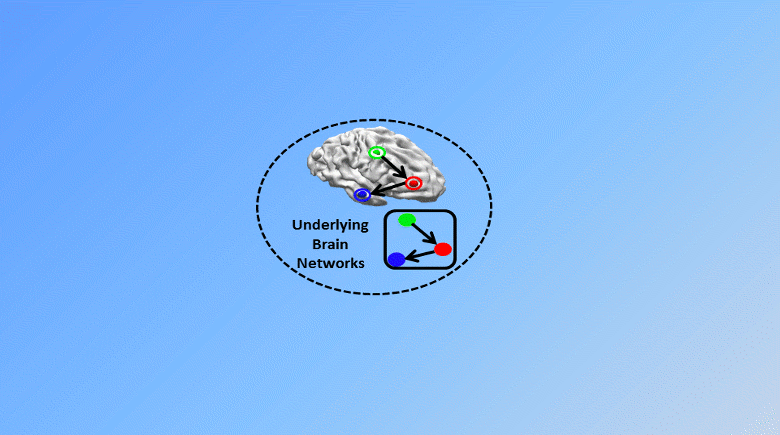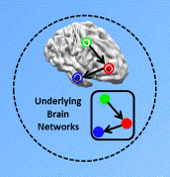
Abbas Sohrabpour, Shuai Ye, Gregory Worrell, Wenbo Zhang, Bin He, University of Minnesota, USA
Electromagnetic source imaging (ESI) techniques are very efficient in determining the foci of activity from surface electromagnetic measurements such as EEG and MEG. However, due to the dynamic nature of the brain, it is of utmost importance and interest to study the changes and dynamics of these networks over time and to investigate the manner in which these sources interact with each other. Due to the high temporal resolution of EEG/MEG, it is possible to investigate the connectivity of brain network nodes over time. Granger’s causality analysis provides a strong mathematical tool for calculating directional connectivity. This enables us to not only answer the question of how strong the nodes of a particular network are connected with each other, but also to investigate the sources and causal connections among these nodes; basically determining if there are central nodes in the network driving the network. In this manner we can delineate how nodes in a network affect other nodes and are affected by each other. In this work, we used ESI techniques to determine the nodes of the networks under study, then extracted the time-course of activity in these nodes and applied Granger’s causality analysis on these time series to estimate the directional connectivity of the network; basically the networks under study were fully recovered with the proposed eConnectome approach and no prior knowledge about the networks was assumed. We tested this approach in medically intractable focal epilepsy patients who underwent surgery to become seizure-free. The estimated epileptic networks obtained from applying this approach to the EEG/MEG measurements, matched very well with clinical findings such as surgical resection volumes and invasive intra-cranial studies. The causality analyses were performed by the open source program called eConnectome, freely available from http://econnectome.umn.edu Website: http://helab.umn.edu
Keywords: Electromagnetic Source Imaging (ESI), Granger’s causality analysis, EEG, MEG, Epilepsy, Network.

